Pending Nominations
Pursuant to Section 4855(a) of the California Code of Regulations California Register of Historical Resources (Title 14, Chapter 11.5), the following nominations are scheduled for the February 6, 2026 State Historical Resources Commission (SHRC) quarterly meeting, taking place at 9:00 AM at California Natural Resources Agency Headquarters Building, Auditorium, 715 P Street ,Sacramento, CA 95814. This meeting will also be held online via Zoom, and broadcast via Cal-Span. Dial-in access will also be available. Meeting notices and agendas will be posted ten days prior to the meeting date, and a Zoom link will be posted on approximately the same date to register for this meeting, on the SHRC Meeting Schedule and Notices page. Use the Zoom link to register only if you wish to provide testimony remotely at the meeting. If you plan to attend the meeting in person, you do not need to register.
Watch the meeting on CAL-SPAN if you wish to view the meeting but do not wish to provide public testimony.
Register via Zoom to remotely attend the February 6, 2026 SHRC Meeting only if you wish to provide public testimony remotely at the meeting. Do not register for the Zoom meeting if you plan on attending the meeting in person.
The SHRC invites comments on the nominations from the public either in writing or at the scheduled public meeting. Copies of nominations are posted as PDF documents below. Written comments can be sent to State Historical Resources Commission, P.O. Box 942896, Sacramento, CA 94296-0001, or via email to calshpo.shrc@parks.ca.gov. Please include nomination name and hearing date in the email's subject line.
The order of comments for nominations under consideration during the Discussion and Action portion on the agenda will proceed as follows: The Commission will first hear from the nominator or his/her/their designee. The nominator or his/her/their designee will have ten (10) minutes to speak. The Commission will then hear from the property owner(s) or his/her/their designee. Each property owner or his/her/their designee of an individually nominated property will have ten (10) minutes to speak. Each property owner or his/her/their designee whose property is within the boundaries of a nominated district will have five (5) minutes to speak. Individuals representing local, state, federal, and tribal governments, will each have five (5) minutes to speak. Any member of the general public will have three (3) minutes to speak. Those members of the public who require a translator will be allocated twice the time otherwise defined. Within this stated order of commenters, those in the room will be heard from first and then those participating via Zoom or telephone.
Those providing comments about nominations that are on Consent Calendar, or comments related to other matters not on the agenda, will each have three (3) minutes to speak.
Presentations regarding agenda items shall be submitted to OHP staff at least seven (7) days prior to the meeting, and shall not go beyond the allowable time frame for the applicable comment period. Presentations, along with any other public comment to be presented to the SHRC for the February 6, 2026 meeting, must be received by 9:00 AM on Friday, January 30, 2026. Submit comments to CalSHPO.shrc@parks.ca.gov.
PLEASE NOTE
Complete and official listing of nominated properties scheduled for hearing at the above mentioned SHRC Meeting can be found on the meeting agenda via the SHRC Meeting Schedule and Notices page. The nominations on this page may not reflect the most current properties listed on the agenda.
Properties can be removed from the agenda by the State Historic Preservation Officer or the State Historical Resources Commission. No properties can be added to the agenda.
National Register of Historic Places nominations are considered drafts until listed by the Keeper.
California Register of Historical Resources nominations are considered drafts until listed or formally determined eligible for listing by the State Historical Resources Commission.
Calfornia Historical Landmarks and Points of Historical Interest are considered drafts until approved for listing by the State Historical Resources Commission and the Director of California State Parks.
Properties nominated to the National Register of Historic Places
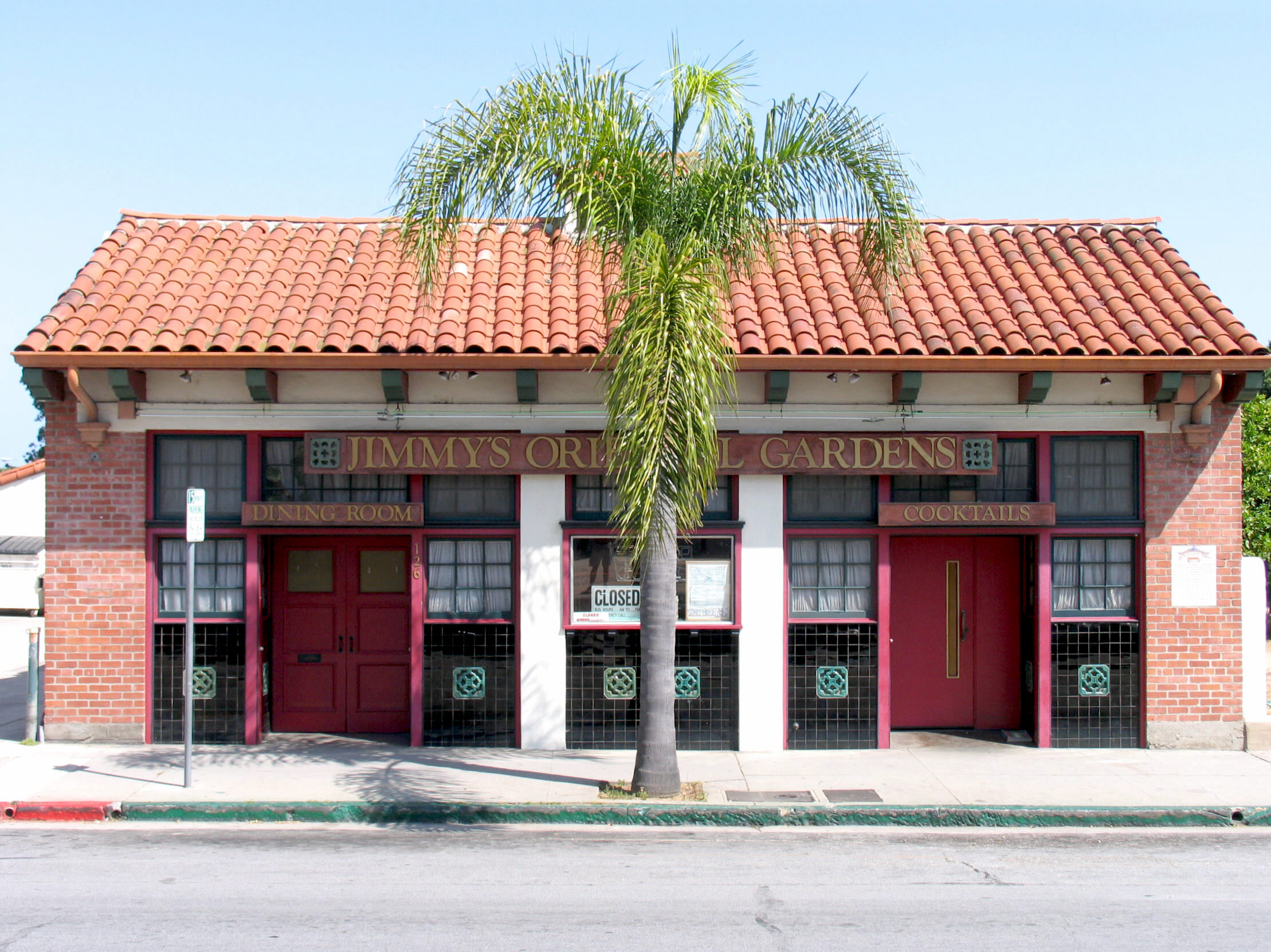
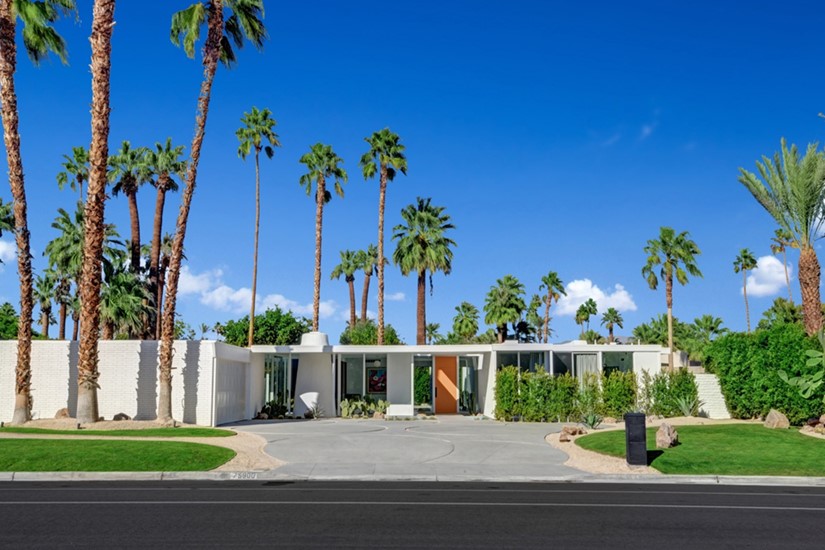 Desert Bel Air Showcase House, designed by William Cody in 1961, is positioned across from the vehicular entry to Eldorado Country Club Estates, master planned by Cody. This low-slung house in Indian Wells, Riverside County is a significant and local expression of the Modern Style in the Coachella Valley. Master architect William Cody displayed innovation and forward-thinking regarding the architecture and engineering of the house, whose character-defining features place it within the historic context of the Desert Midcentury Modern period.
Desert Bel Air Showcase House, designed by William Cody in 1961, is positioned across from the vehicular entry to Eldorado Country Club Estates, master planned by Cody. This low-slung house in Indian Wells, Riverside County is a significant and local expression of the Modern Style in the Coachella Valley. Master architect William Cody displayed innovation and forward-thinking regarding the architecture and engineering of the house, whose character-defining features place it within the historic context of the Desert Midcentury Modern period.
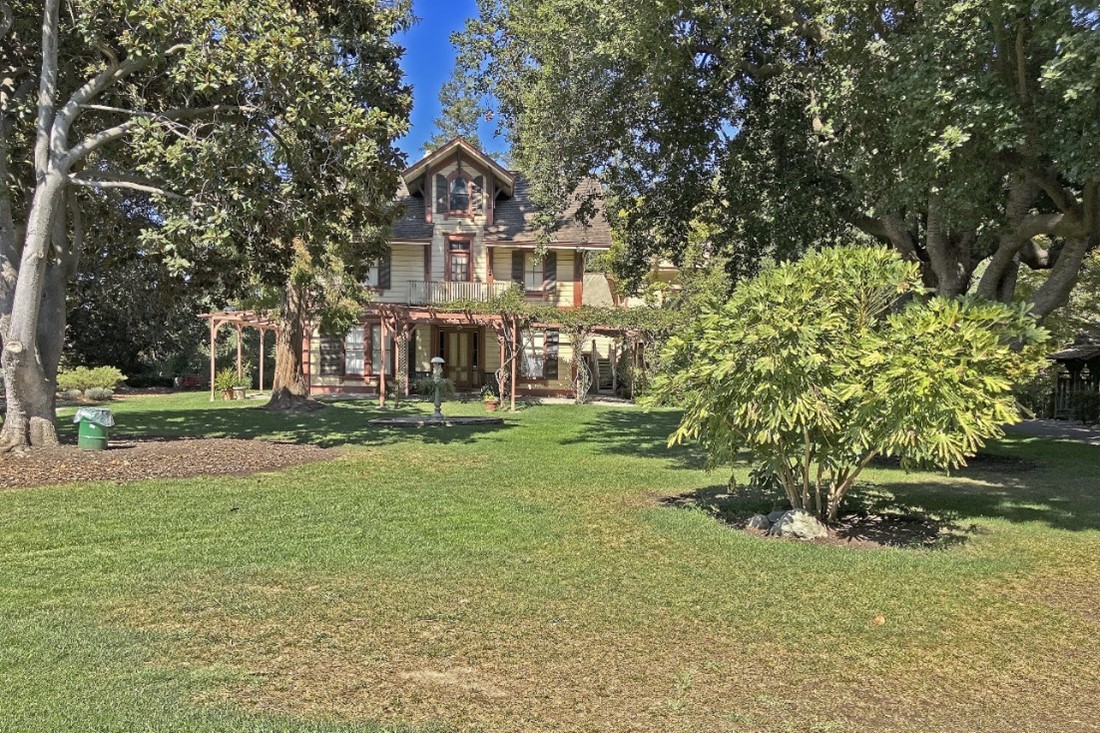 Shinn Ranch Farmstead, later known as Shinn Historical Park and Arboretum, occupies 4.5 acres in a central area of Fremont, Alameda County, and is the last surviving part of Shinn Ranch that at one time consisted of just over 300 acres. The farmstead is in the classic arrangement of nineteenth-century California farmsteads with two related parts, a domestic or house yard in front and a working yard or barnyard behind with the buildings in each part generally at right angles to each other and to the whole. The property is significant for its association with the operation of Shinn Ranch, with the influential and highly accomplished members of three generations of the Shinn family, and as a rare surviving embodiment of a once typical California farmstead.
Shinn Ranch Farmstead, later known as Shinn Historical Park and Arboretum, occupies 4.5 acres in a central area of Fremont, Alameda County, and is the last surviving part of Shinn Ranch that at one time consisted of just over 300 acres. The farmstead is in the classic arrangement of nineteenth-century California farmsteads with two related parts, a domestic or house yard in front and a working yard or barnyard behind with the buildings in each part generally at right angles to each other and to the whole. The property is significant for its association with the operation of Shinn Ranch, with the influential and highly accomplished members of three generations of the Shinn family, and as a rare surviving embodiment of a once typical California farmstead.
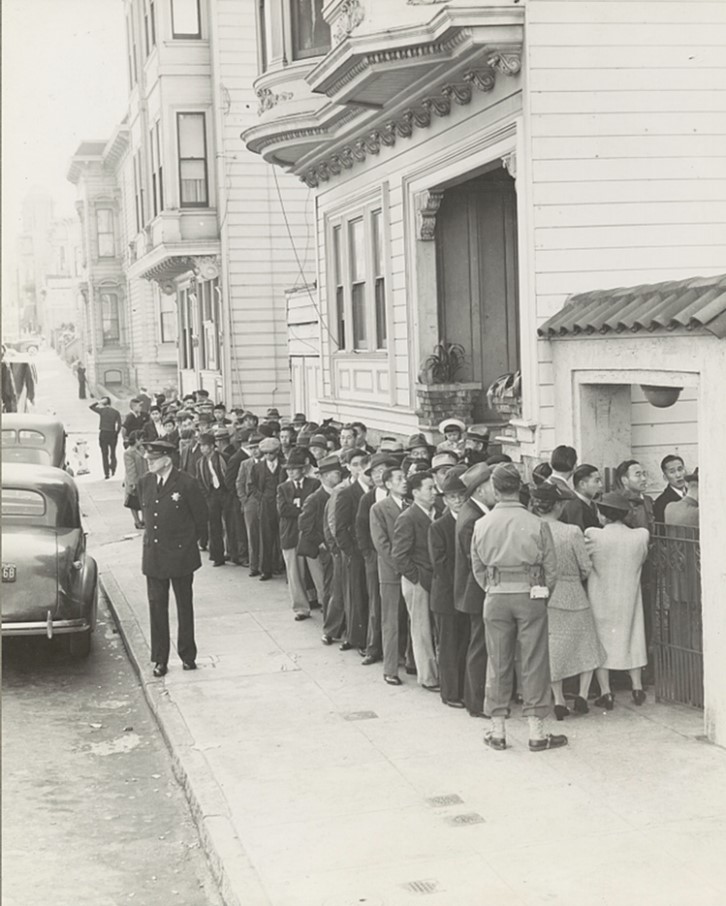 Kinmon Gakuen, an educational Mediterranean Revival-style building constructed in 1926 in San Francisco’s Japantown—the oldest Japantown in the continental United States and one of the last three remaining Japantowns in the country—was initially associated with the social, cultural, and educational development of Japanese immigrant and Japanese American children. In 1942, the building was seized by the US military as a processing center where all persons of Japanese ancestry living in the City and County of San Francisco were required to register their family name and members of their household before they were forcibly removed from City limits and incarcerated. The building served as the temporary facility for the Booker T. Washington Community Service Center to assist African Americans who were recruited to work in San Francisco to meet wartime requirements. In 1952, Kinmon Gakuen moved back into the building. Associated with Community Serving Organizations, the property meets the registration requirements of Asian Americans and Pacific Islanders in California, 1850-1995.
Kinmon Gakuen, an educational Mediterranean Revival-style building constructed in 1926 in San Francisco’s Japantown—the oldest Japantown in the continental United States and one of the last three remaining Japantowns in the country—was initially associated with the social, cultural, and educational development of Japanese immigrant and Japanese American children. In 1942, the building was seized by the US military as a processing center where all persons of Japanese ancestry living in the City and County of San Francisco were required to register their family name and members of their household before they were forcibly removed from City limits and incarcerated. The building served as the temporary facility for the Booker T. Washington Community Service Center to assist African Americans who were recruited to work in San Francisco to meet wartime requirements. In 1952, Kinmon Gakuen moved back into the building. Associated with Community Serving Organizations, the property meets the registration requirements of Asian Americans and Pacific Islanders in California, 1850-1995.
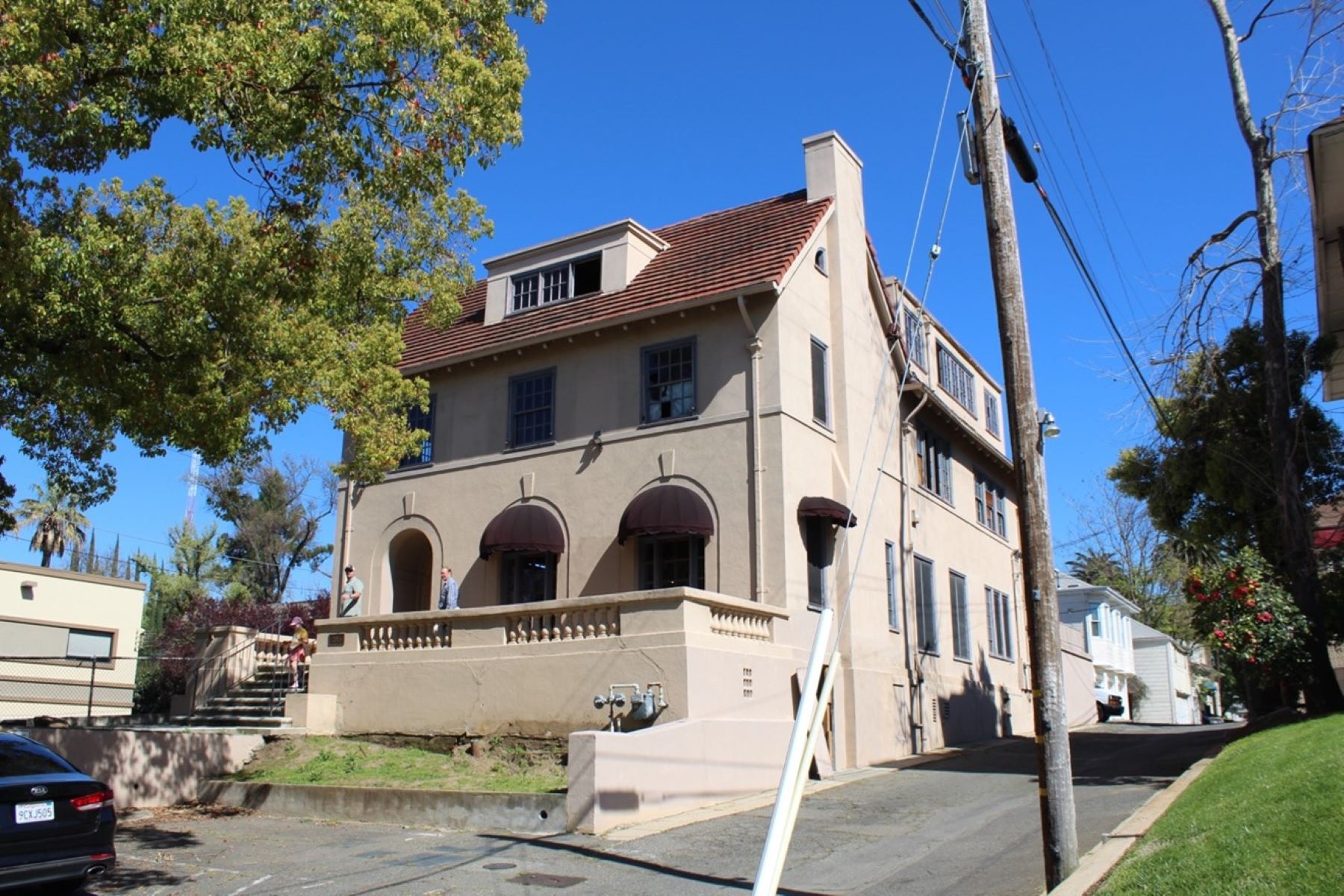 Briggs Mansion is a four-story French Eclectic residence in Sacramento's Poverty Ridge neighborhood, designed for Dr. Wallace Briggs and his wife Ella, completed in 1915. At the time of its construction, it cost $17,000 to build, when the price of a typical Sacramento home was $1500-$3000. While the architect of the mansion is unknown, the building is a locally significant example of French Eclectic architecture, and notable as one of the most prominent homes of the wealthy Poverty Ridge neighborhood. The mansion later became a secretarial school.
Briggs Mansion is a four-story French Eclectic residence in Sacramento's Poverty Ridge neighborhood, designed for Dr. Wallace Briggs and his wife Ella, completed in 1915. At the time of its construction, it cost $17,000 to build, when the price of a typical Sacramento home was $1500-$3000. While the architect of the mansion is unknown, the building is a locally significant example of French Eclectic architecture, and notable as one of the most prominent homes of the wealthy Poverty Ridge neighborhood. The mansion later became a secretarial school.
Architecture of Aaron G. Green MPDF addresses the work of architect Aaron G. Green, during the period 1948-1998, and includes his portfolio of public, residential, and interment architecture. Green was a master of the Orchanic Architecture style, who worked with Frank Lloyd Wright in his later years. Green was a talented landscape designer, wo viewed the articulation of the surrounding natural environment as an essential part of the overall composition of his work. As a residential architect, Green's commissions included the Charlton Dukes residence in Flintridge, and the Ohta residence in Santa Cruz, both designed in the Organic style. Green was assigned by Wright to oversee the interiors and landscaping of the Marin County Civic Center, which spurred later commissions to design civic buildings in the San Francisco Bay Area. In addition to public and residential buildings, a significant amount of his commissions were associated with funerary functions, including chapters, funeral homes, mausoleums, columbariums, and crematoriums.
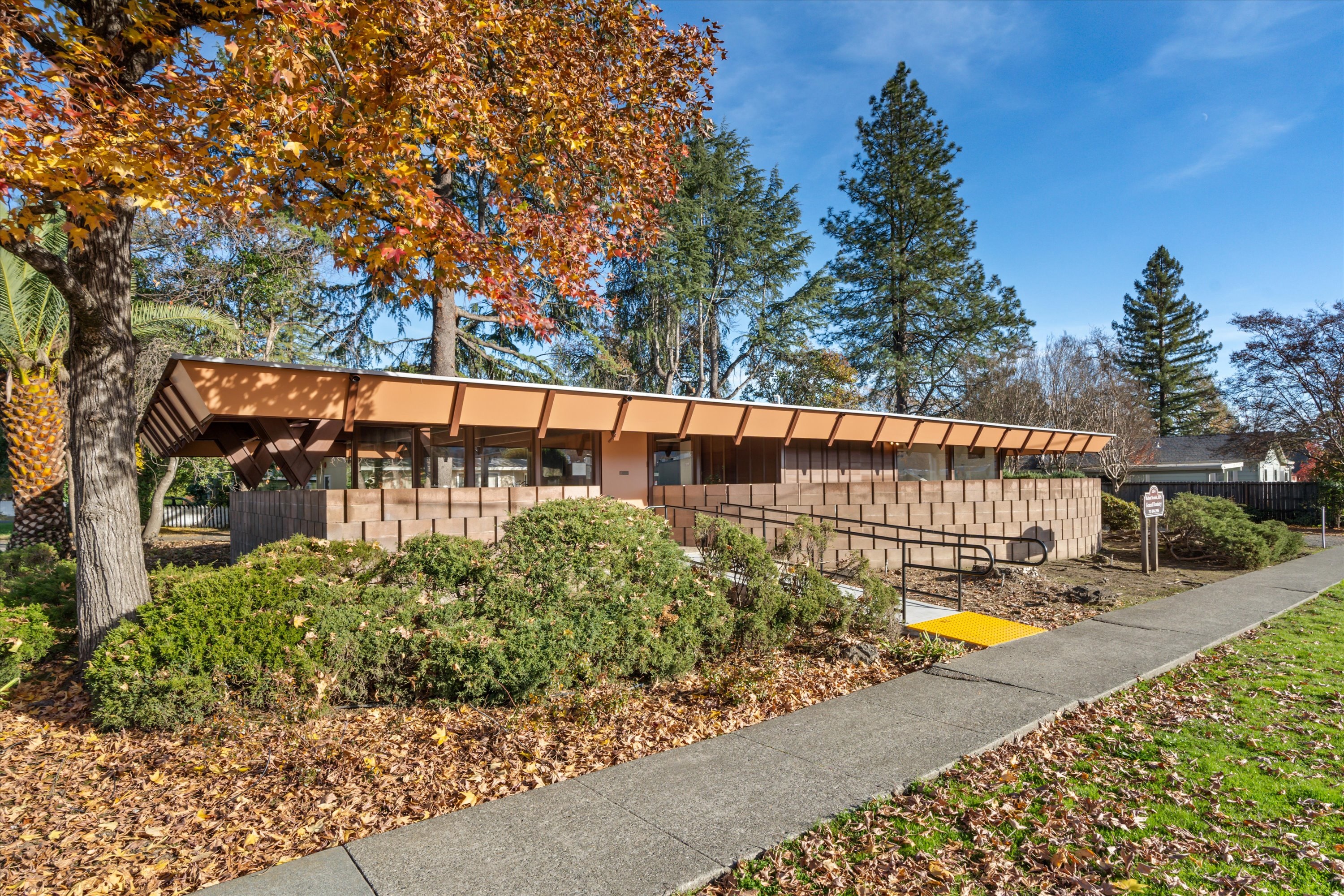 Ives Dental Office is nominated under cover of the Architecture of Aaron G. Green MPDF as an example of Aaron Green's commercial archtiecture; a one-story Modernist medical office located in Cloverdale, Sonoma County, completed in 1965. The concrete masonry and glass dental office has a masonry exterior wall integrated into the building and extending into the building's interior, and blends in with the surrounding foliage and landscape.
Ives Dental Office is nominated under cover of the Architecture of Aaron G. Green MPDF as an example of Aaron Green's commercial archtiecture; a one-story Modernist medical office located in Cloverdale, Sonoma County, completed in 1965. The concrete masonry and glass dental office has a masonry exterior wall integrated into the building and extending into the building's interior, and blends in with the surrounding foliage and landscape.
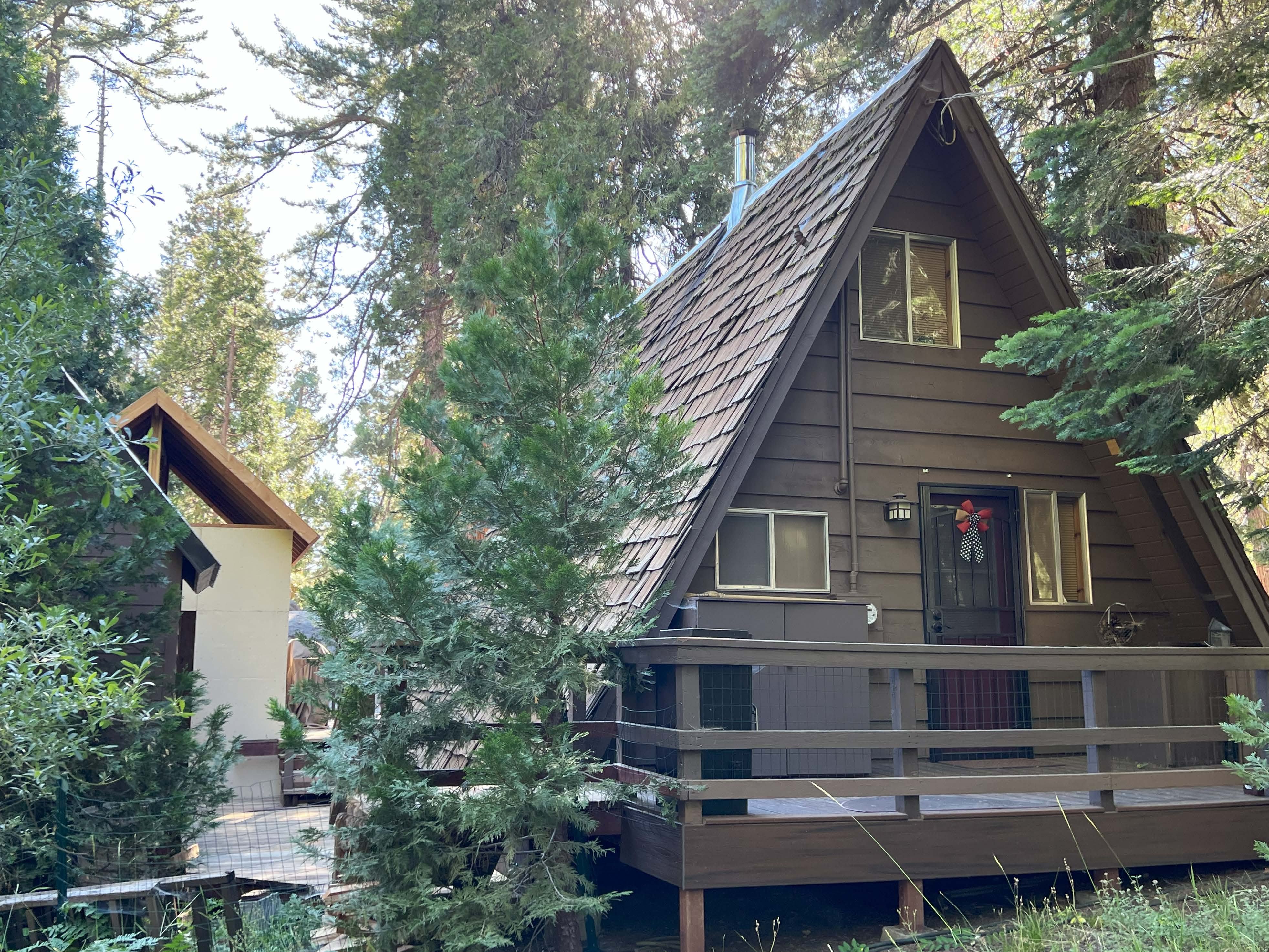 Wilsonia Historic District (Amendment) is a second and final amendment to the 1995 historic district, extending the period of significance to include later construction of cabins in a 100-acre village within the General Grant Grove section of Kings Canyon National Park. This privately-owned inholding, wholly surrounded by the National Park, is a community of rustic mountain cabins built by residents of the San Joaquin Valley for use as summer homes and for outdoor recreation; all but two are seasonal residences. The tracts were subdivided between 1918-1921, with the oldest extant cabins dating from 1918. The amendment adds new contributors, and removes previous contributors that have lost integrity from alteration or demolition. The ending of the revised period of significance is 1978, coinciding with the National Park Service's change in policy ending a progam allowing private inholdings within national state parks.
Wilsonia Historic District (Amendment) is a second and final amendment to the 1995 historic district, extending the period of significance to include later construction of cabins in a 100-acre village within the General Grant Grove section of Kings Canyon National Park. This privately-owned inholding, wholly surrounded by the National Park, is a community of rustic mountain cabins built by residents of the San Joaquin Valley for use as summer homes and for outdoor recreation; all but two are seasonal residences. The tracts were subdivided between 1918-1921, with the oldest extant cabins dating from 1918. The amendment adds new contributors, and removes previous contributors that have lost integrity from alteration or demolition. The ending of the revised period of significance is 1978, coinciding with the National Park Service's change in policy ending a progam allowing private inholdings within national state parks.
Request for Removal (Delisting)
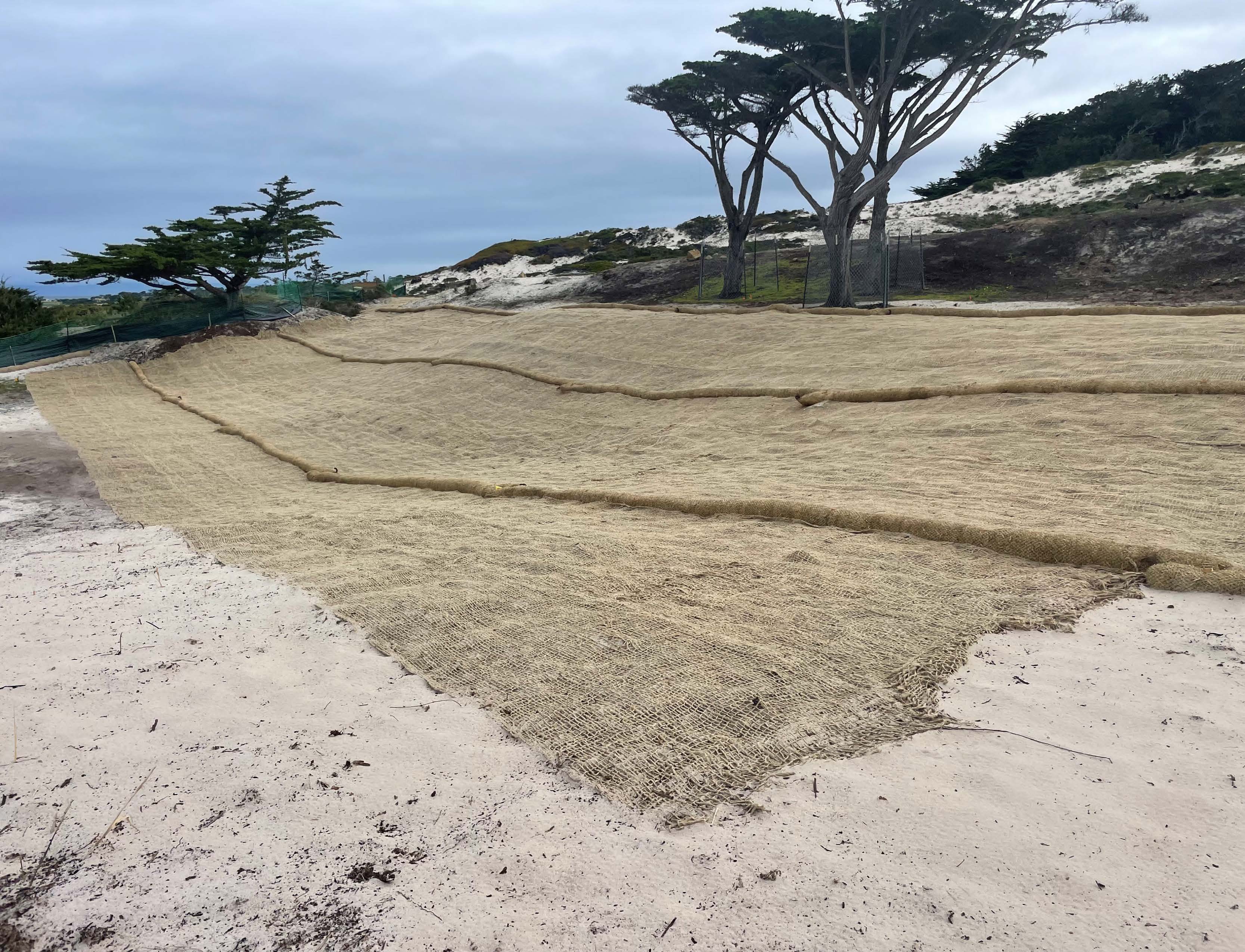 Connell, Arthur & Kathleen, House was determined eligible for the National Register of Historic Places in 2014 as an excellent example of the International Style within the Modern Movement in Pebble Beach, Monterey County, and representative of master architect Richard Neutra’s mid-century residential work. Completed in 1958, the house was demolished in February 2024 and has ceased to meet the criteria for eligibility for the National Register because the qualities which caused it to be originally determined eligible have been lost or destroyed.
Connell, Arthur & Kathleen, House was determined eligible for the National Register of Historic Places in 2014 as an excellent example of the International Style within the Modern Movement in Pebble Beach, Monterey County, and representative of master architect Richard Neutra’s mid-century residential work. Completed in 1958, the house was demolished in February 2024 and has ceased to meet the criteria for eligibility for the National Register because the qualities which caused it to be originally determined eligible have been lost or destroyed.
Properties nominated to the California Register of Historical Resources

The next State Historical Resources Commission meeting is scheduled for Friday, February 6, 2026. Nominations to be heard on the February 6, 2026 agenda will be posted after November 26, 2025.
